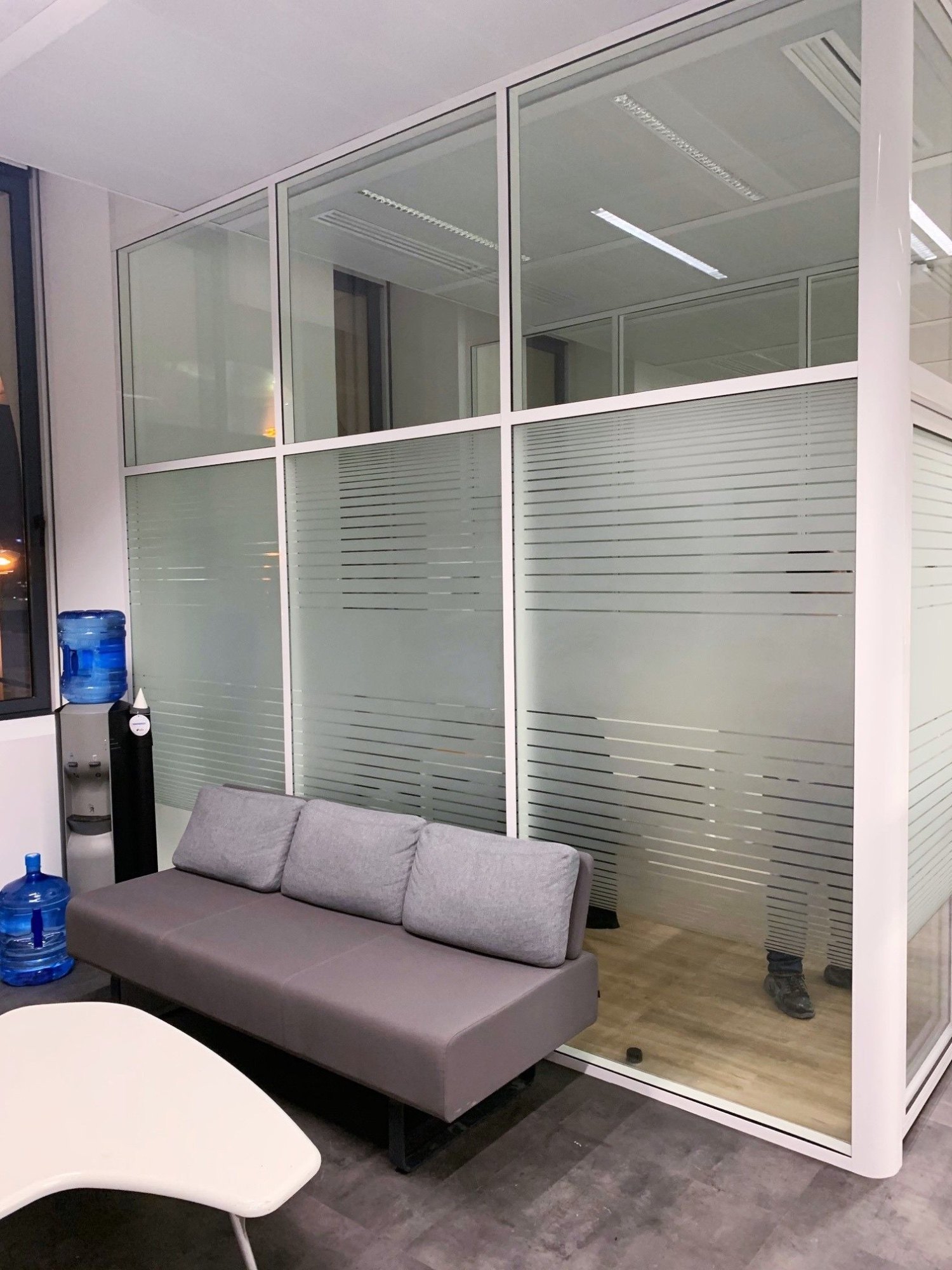Glass Fabrication Works: An Overview
Glass fabrication refers to the processes involved in transforming raw glass into finished products that serve a wide range of functional and decorative purposes. This includes cutting, shaping, polishing, coating, and assembling glass pieces into various applications, from architectural elements to consumer products. Glass fabrication is crucial across industries such as construction, automotive, electronics, and home decor.
Types of Glass Used in Fabrication
Glass used in fabrication can be categorized into several types, depending on its application and characteristics:
- Float Glass: This is the most commonly used glass for windows, mirrors, and flat surfaces. It is made by floating molten glass on a bed of molten metal, resulting in uniform thickness and smoothness.
- Tempered Glass: This type of glass is heat-treated to increase its strength. It is used in environments where safety is a concern, such as in car windows and shower doors.
- Laminated Glass: Made by sandwiching a plastic layer between two sheets of glass, laminated glass is often used in windshields and skylights for added safety and soundproofing.
- Tinted Glass: This is glass that has been colored or treated to reduce glare and provide privacy, commonly used in automotive and architectural applications.
- Insulated Glass: Used for energy efficiency, this glass consists of two or more layers of glass with a space between them, typically filled with air or gas to provide better insulation.
Processes Involved in Glass Fabrication
- Cutting: Glass is cut to specific sizes and shapes based on requirements. This is often done using a diamond blade or a water jet, which allows for precise cuts with minimal waste.
- Grinding and Polishing: After cutting, glass edges are smoothed out by grinding. This is followed by polishing to achieve a smooth and shiny finish. This step is essential for both aesthetic appeal and safety, as sharp edges are avoided.
- Drilling: Holes are drilled into glass for hardware or decorative purposes. Specialized diamond-tipped drills are used to ensure that the glass does not crack or shatter during the process.
- Tempering: In this step, glass is heated to a high temperature and then cooled rapidly. This process increases the strength of the glass, making it resistant to breaking or shattering when subjected to impact or temperature changes.
- Laminating: For added safety, laminated glass is produced by bonding layers of glass with a plastic interlayer. This ensures that the glass holds together even if shattered, making it ideal for automotive and architectural use.
- Coating: Glass can be coated with various materials to enhance its properties, such as anti-reflective coatings, UV protection, or heat insulation layers. This is especially important in applications like energy-efficient windows and mirrors.
Applications of Glass Fabrication
- Architectural Applications: Glass is widely used in modern buildings for facades, windows, doors, partitions, and skylights. Glass fabrication allows for the creation of both functional and decorative glass elements that enhance the aesthetic value and energy efficiency of a building.
- Automotive Industry: Fabricated glass is used in car windows, windshields, mirrors, and sunroofs. The glass must meet specific safety standards, such as impact resistance and UV protection.
- Interior Design: Glass is an essential material in modern interior design, used in everything from table tops and cabinets to shower enclosures and decorative pieces. Fabricated glass allows for custom designs, shapes, and finishes.
- Furniture: Glass is often used in furniture, including tables, shelving units, and display cases. The glass is fabricated to meet the aesthetic preferences of the design while ensuring durability and functionality.
- Electronics and Display Screens: In the electronics industry, glass fabrication is used to create screens for smartphones, tablets, and televisions. The process often involves specialized treatments to improve the strength and clarity of the glass.
Conclusion
Glass fabrication is a critical aspect of modern manufacturing, involving precise techniques to transform raw glass into functional and aesthetically pleasing products. The process allows for innovation in various industries, offering both practical solutions and creative designs. With advancements in technology, glass fabrication continues to evolve, enhancing the quality, strength, and versatility of glass products used worldwide.
